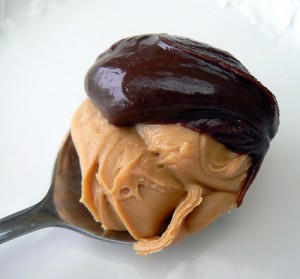Co-marketing, strategic partnerships, marketing alliances—they’re playing active roles in our communications landscape and for good reason. Look at the pre-hype created for the debut of Will Ferrell’s Anchor Man sequel. Not exactly an Oscar contender or film cultural juggernaut but it certainly made everyone’s radar quickly thanks to crafty use of co-marketing. Or the Winter Olympics, in spite of Vladimir Putin’s unfriendly and all too public LGBT policies coupled with hotel room snafu’s and terrorist threats, the four rings and a snowflake icon successfully formed brand partnerships with official jelly, soft drink, fast food, you name it. That high-priced sponsorship halo promises to deliver the goods once again for some of the world’s biggest brands. Partner or mutual interest marketing initiatives can and have been surprisingly cost-effective and productive alliances.
The best part is that you don’t need to have a Fortune 500 pedigree to make these work. Brand partnering only needs to make sense to your customers and be mutually beneficial for both partners in order to succeed. Whether you’re a local dry cleaner partnering with an Italian restaurant (who hasn’t miraculously dripped sauce-laden pasta at exactly the spot your napkin wasn’t covering) or an international corporate powerhouse, marketing partnerships can be a sure-footed method for companies to accelerate positive exposures, share the burden and bask in each other’s brand glow.
SMZ clients like Botsford Hospital and Mackinac’s Grand Hotel are perfect examples of making partnership marketing an important role player in their communications efforts.
Botsford Hospital works in conjunction with Busch’s Market (a regional supermarket chain) to position themselves with women in promoting healthy habits for selecting and preparing food. Grand Hotel collaborates with both Bell’s Brewery and Hudsonville Ice Cream to create custom, nameplate products that allow them and their partner organizations to share the limelight that each brand brings to the alliance.
Partnerships create mutual momentum with their respective audiences by virtue of the audience’s relationship with one brand or the other. The key is making the context of these partnerships topical, true and important to your customers. It’s a win/win provided both partners see and receive benefit to the relationship and both are committed to making it work.
Effectively planned, a marketing partnership can work like peanut butter and chocolate.
Rich Williams, SVP/Strategic Business Development
An interesting partnership recently in the news: http://www.nytimes.com/2014/02/12/business/media/barbies-sports-illustrated-swimsuit-issue-causes-a-stir-online.html?_r=0

